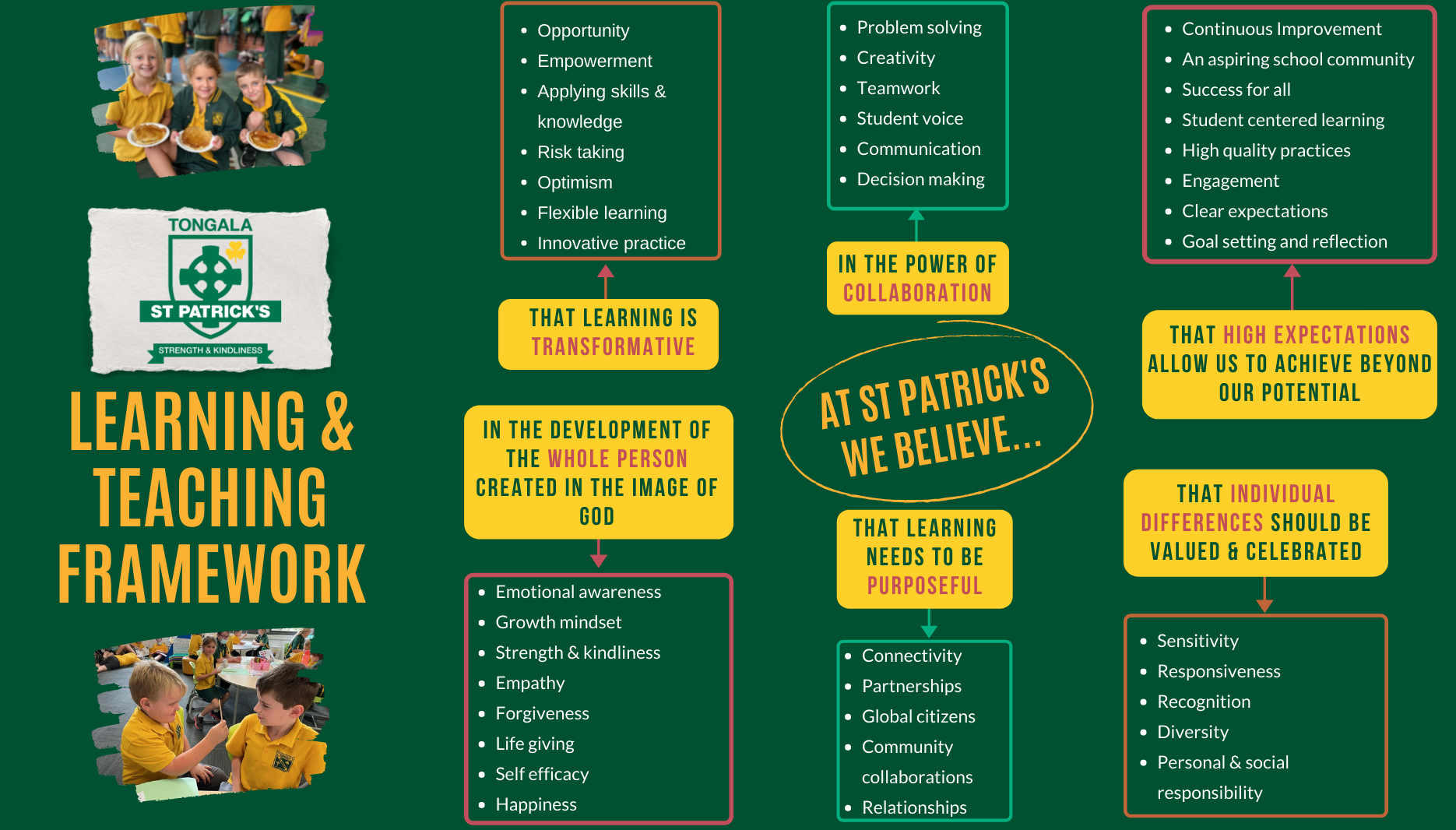Learning & Teaching
Leader: Stephanie Hayes

Learning & Teaching
Leader: Stephanie Hayes


As our production is fast approaching we thought it might be helpful to offer some different ideas for students to try and help them learn their lines.
1. The tried-and-true basic technique — have a friend or family member read out your cue lines and recite your lines out loud back to them. You could even have a “learning lines party” and get together with your fellow castmates to practice as a group.
2. Copy out your lines, by hand, on paper. Then try writing them out from memory. Go back to your script and make a note (circle or underline) of any missed words or phrases. If writing by hand isn’t your forte, type out your lines on a computer or phone. You could even text your lines back and forth with your scene partner, or start a group chat with your castmates devoted to practicing your lines.
3. Write out the first letter of each line onto a separate piece of paper. For example, if your line is “Let’s get something to eat,” write L G S T E. Read the paper and say your actual line out loud to fit the letters. This ensures that you’re saying the correct line and not paraphrasing.
4. Write your cue line on an index card , with your line on the other side of the card. Have a friend or family member quiz you. You also might want to punch a hole in the top left corner and put the cards on a ring so they stay in the correct order.
5. Draw a comic strip of your lines , either in the margin of your script next to the line or on a separate piece of paper. For example, if your line is “Let’s get something to eat,” you might draw a stick figure walking into the kitchen to get a burger.
6. Record yourself saying your lines with a recording device (for example, iPhones have a voice memos app) and listen to them while doing other things, like going for a walk. Say your lines out loud at the same time and try to match your recording.
7. Record yourself saying your CUE lines and leave blank spaces for you to say your lines out loud in between them.
8. Stand up and move while you read your script , rather than sitting or lying down passively. Even better — practice your blocking and use the vocal intonations as you’ve been directed. This helps your muscle memory get stronger.
9. Write your lines on Post-it notes and stick them to your mirror so you can read them while you brush your teeth or fix your hair. Stick them up in your room. If you want to go further, use colour-coded Post-it notes for different acts or scenes.
Sourced from - https://www.theatrefolk.com/blog/9-techniques-for-students-to-memorize-their-lines
The school theme for National Science Week in 2023 is Innovation: Powering Future Industries. The theme incorporates the advancement in technology in all industries, especially using artificial intelligence (AI).
The curriculum focus of the theme is on:
Science as a Human Endeavour
Chemical Sciences
Physical Sciences
Earth and Space Sciences, and
Biological Sciences.
Along with the Sustainability cross-curriculum priority, it is versatile and accessible to all students and teachers.
Student investigations could include the use of AI in industry, as well as recent advancements in renewal energy technology, data science, and environmental monitoring. With topics of interest from medicine to marine research, agriculture, climate change and mining there are opportunities to engage with the theme from a variety of perspectives.
Sourced from - https://www.scienceweek.net.au/schools/
Throughout our Science Week celebrations, students participated in the following activities:
Bridge Building Bonanzas
Design a Smart Farm
Make a Water Pump
Make a Better Paper Plane
Balloon-Powered Rockets
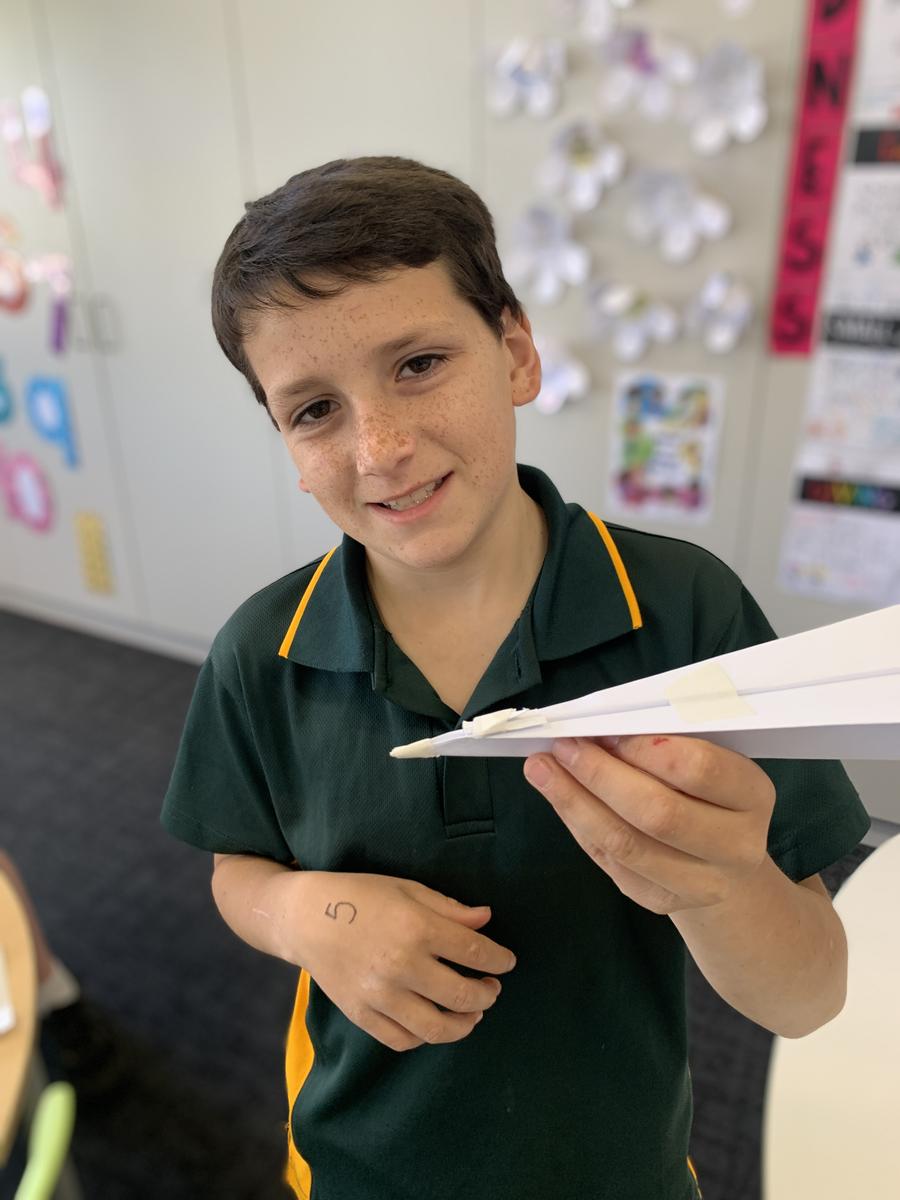

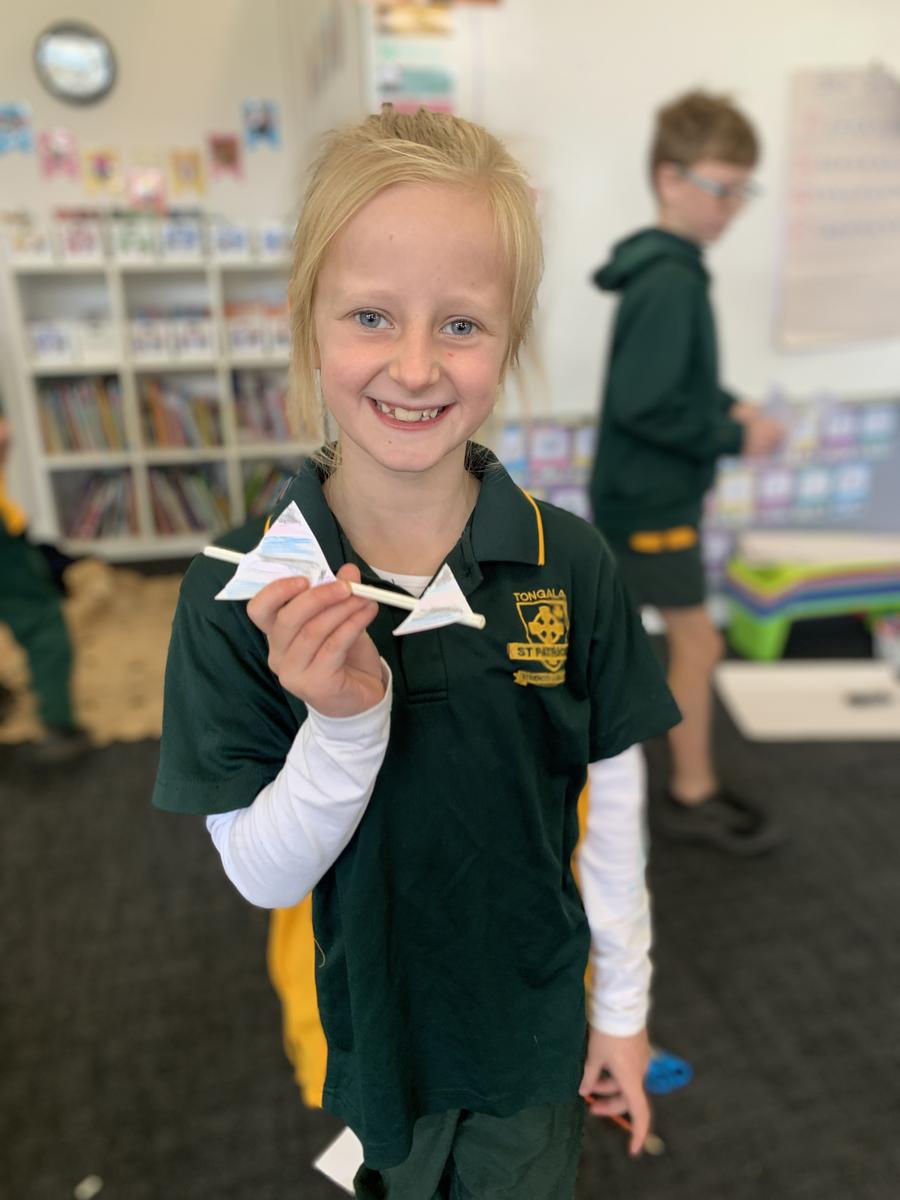
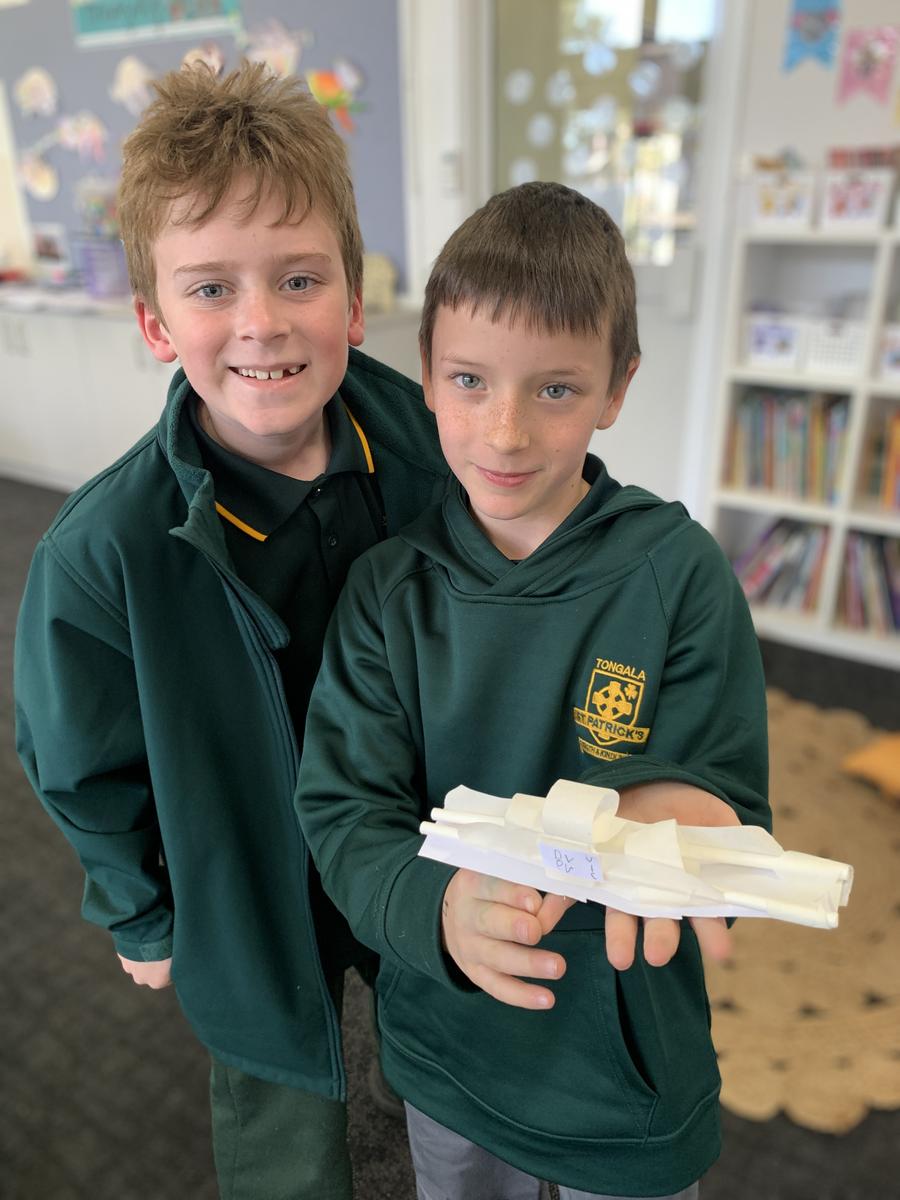



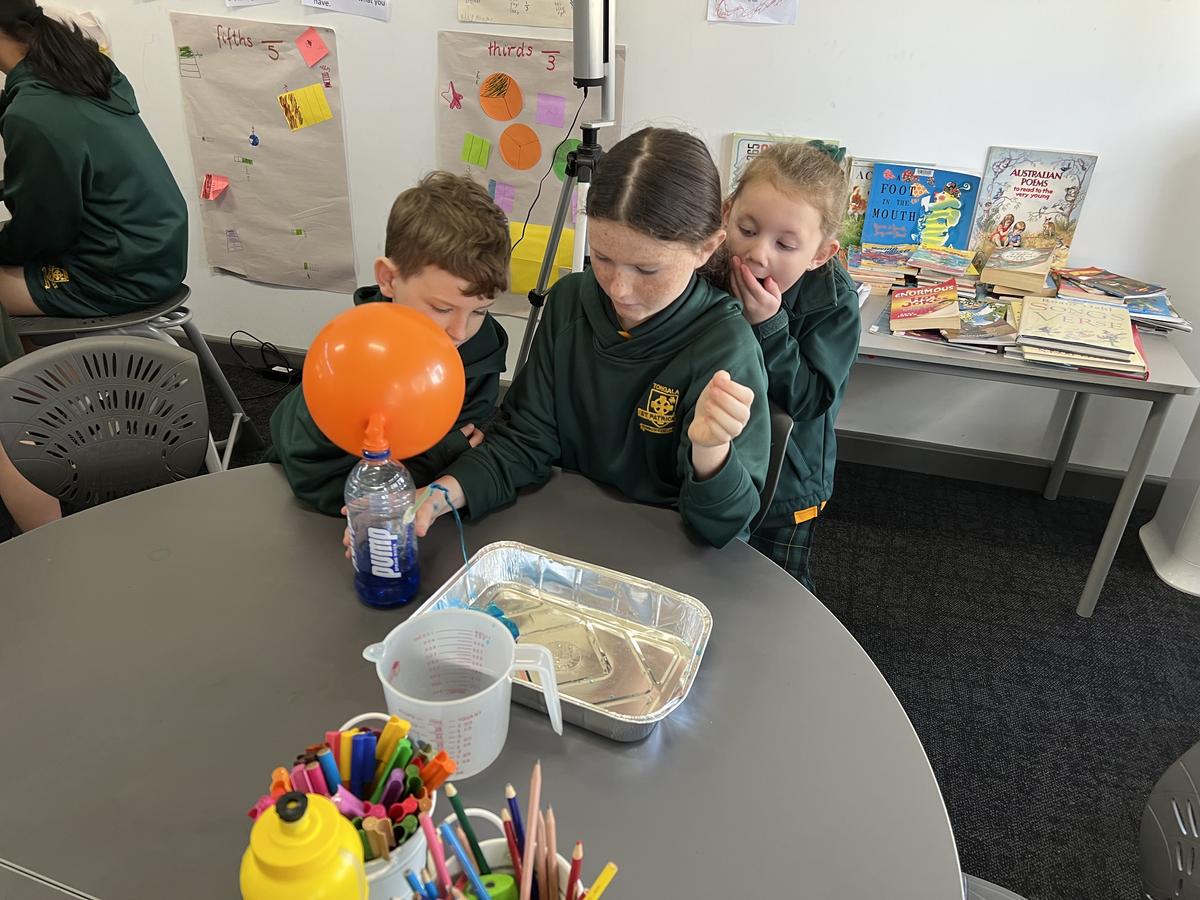
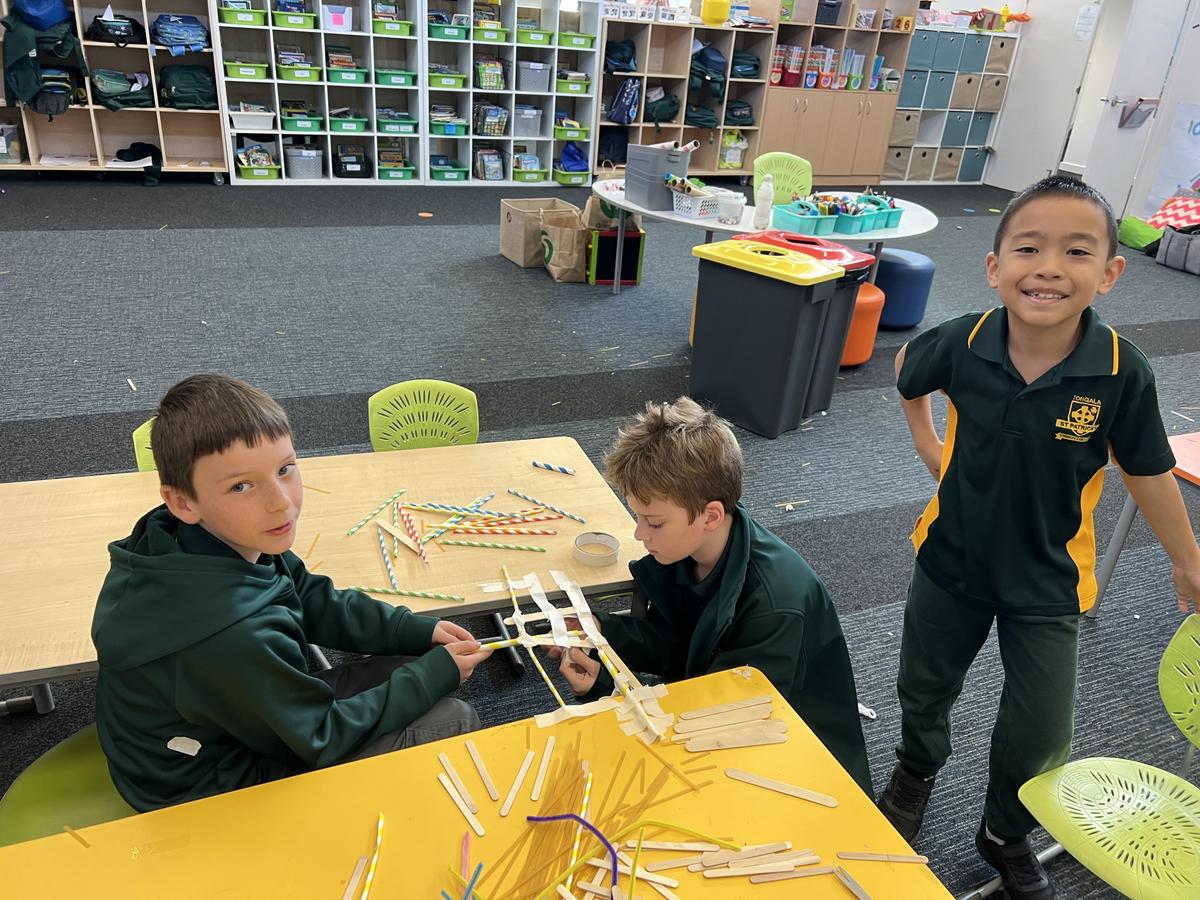









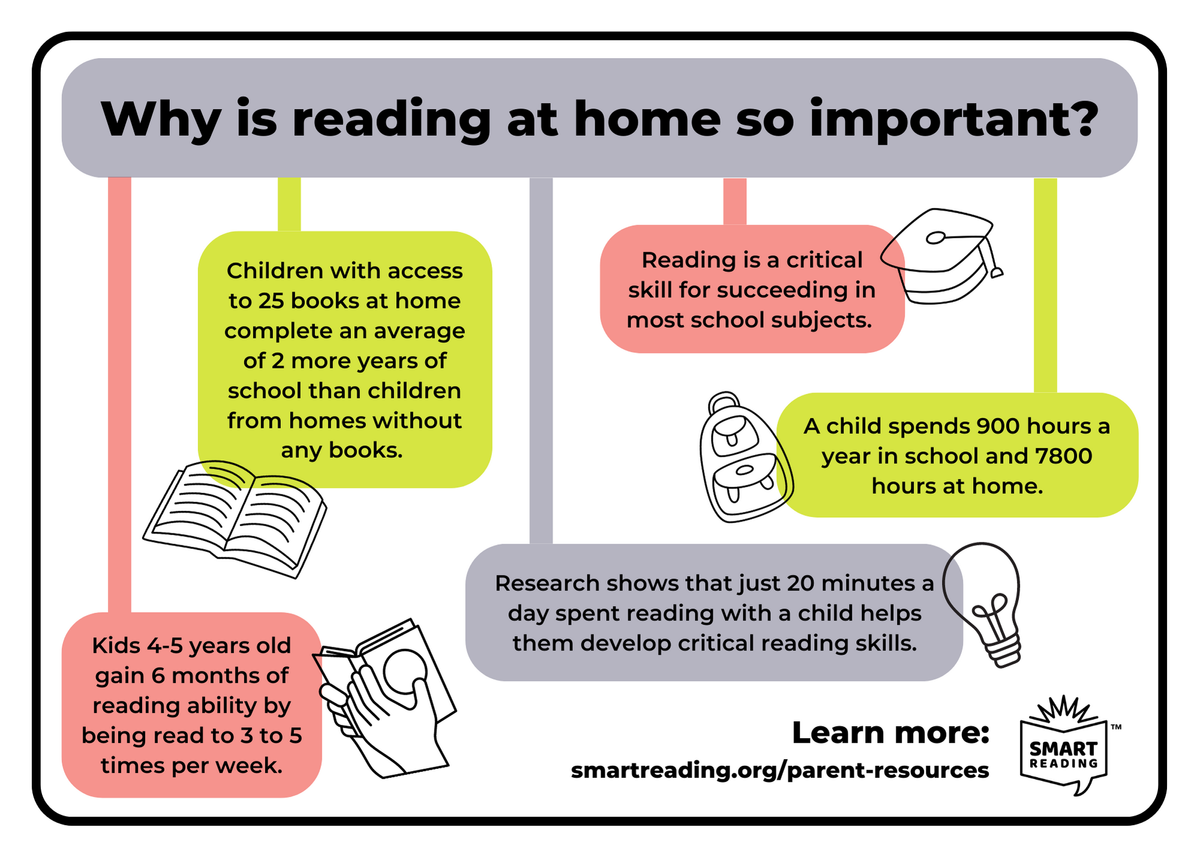

Read Every Night
Whether you read one book or five at night, carving out time to dedicate to reading helps to teach young children that reading is important and a priority in their lives.
Find a Quiet Spot
Reading with young children can be a challenge for those who do not concentrate well.Try to find a quiet spot that allows them to not be distracted. Curling up in your lap in a favorite chair or in their room is a great way to help focus children on the book as well as show them you care.
Make Reading Exciting
Try going to your local library to check out a book or a bookstore to buy some new children’s books. By bringing your child along to select new books, they will be more interested in engaging with them when you get home.
Ask Questions
No matter the age, interact with the book by asking questions. If you have a book that happens to have more words on the page then they will concentrate on, engage the child by asking questions about the pictures and what they think may happen next. Try asking open-ended questions to hear your child’s thoughts on what the book is talking about versus questions that can be answered with a simple one-word answer.
Read About Things They Love
More than anything, reading should be fun! Choose books on topics that your child is passionate about. If they are into robots, dinosaurs, princesses, trains, or animals, find books that fit those topics. By picking a book topic that interests your child, you will have very little issue in engaging them for short periods of time to look at the pictures and follow along as you read!
Remember that the goal for family reading time is to enjoy spending time together while your child accesses a wide variety of books and new words. Even from a young age, children continue to hear and pick up new vocabulary words daily! Reading with you nightly is a key component in making sure your child has the literary foundation needed to be successful!


Students in Foundation to Grade 2 participate in daily Heggerty lessons. The Heggerty Phonemic Awareness Curriculum provides everything you need to teach daily phonemic awareness lessons in 12 minutes or less. Each level of the Heggerty Phonemic Awareness Curriculum provides up to 35 weeks of daily lessons, focusing on eight phonemic awareness skills, along with two additional activities to develop letter and sound recognition, and language awareness. Lessons are designed for a classroom setting, and only take 8-12 minutes each day. Lessons provide daily opportunities to develop phoneme awareness and proficiency through:
Rhyme
Phoneme Isolation
Blending syllables and phonemes
Segmenting syllables and phonemes
Adding syllables and phonemes
Deleting syllables and phonemes
Substituting syllables and phonemes
In the videos we have the Foundation and Grade 1- teachers modelling with their class the different skills.
Miss Hart is completing the ‘Rhyme’ section with her class. Please see link below:
https://drive.google.com/file/d/11qWcDUbECaKvqtz2-Q3Ubo0_4lgx6H1H/view?usp=sharing
Miss Hayes is completing the ‘Segmenting syllables and phonemes’ with her class. Please see link below:
https://drive.google.com/file/d/1R8PcI64ymDrha4RVHhFJ4F-oetp3REMr/view?usp=sharing
Miss Bennett is completing the ‘Adding syllables and phonemes’, ‘Deleting syllables and phonemes’, ‘Substituting syllables and phonemes’ as well as an additional activity which is reciting the nursery rhyme ‘Hickory Dickory Dock;. Please see the link below:
https://drive.google.com/file/d/1y2330wOVwTlFQqXeoynaJVSQB6O1sdOf/view?usp=sharing
